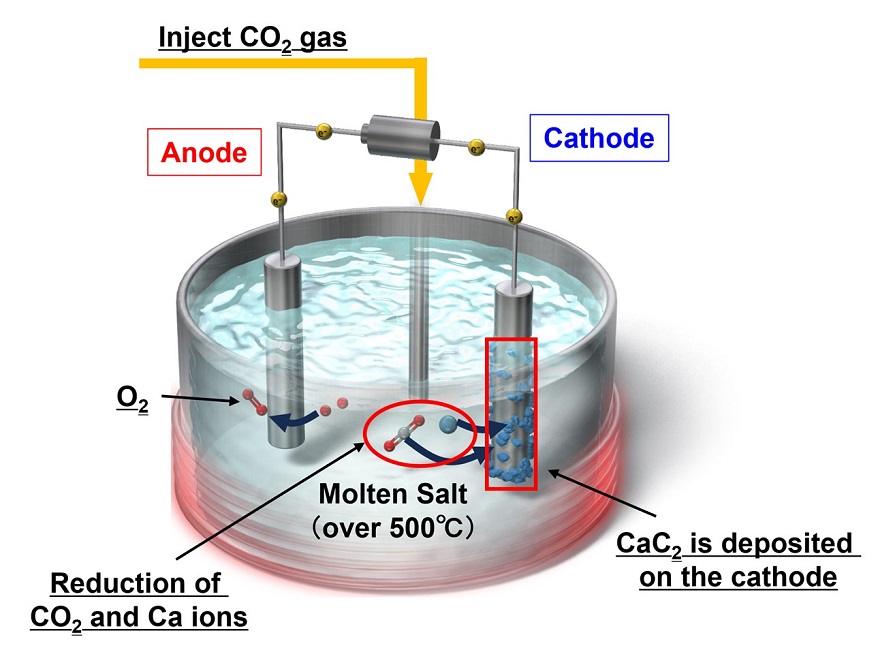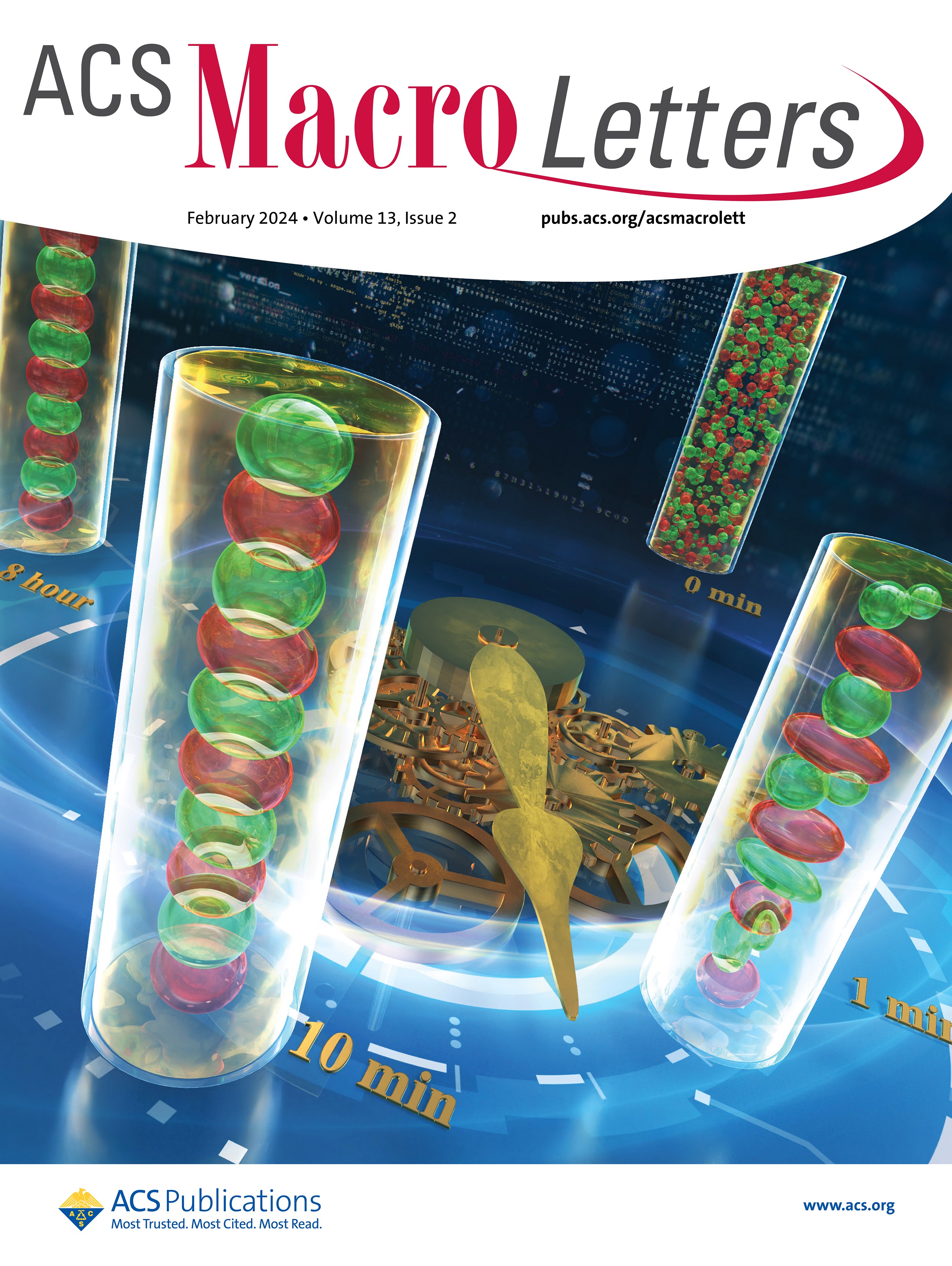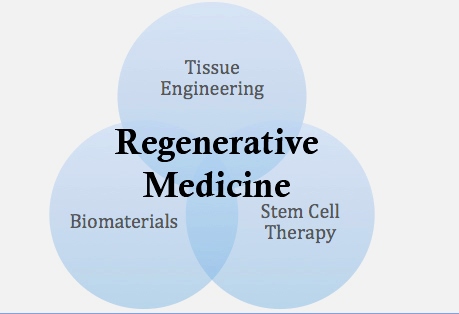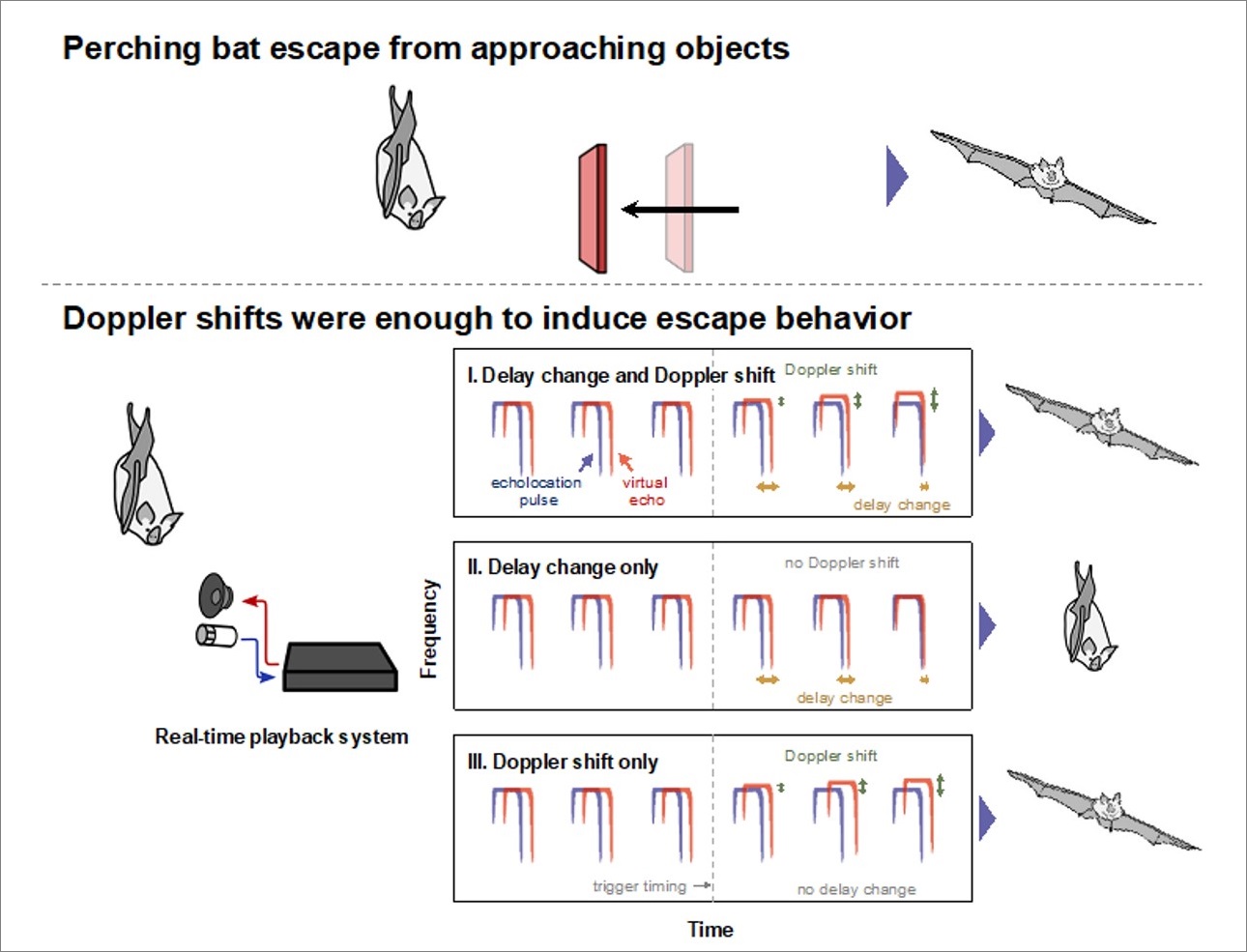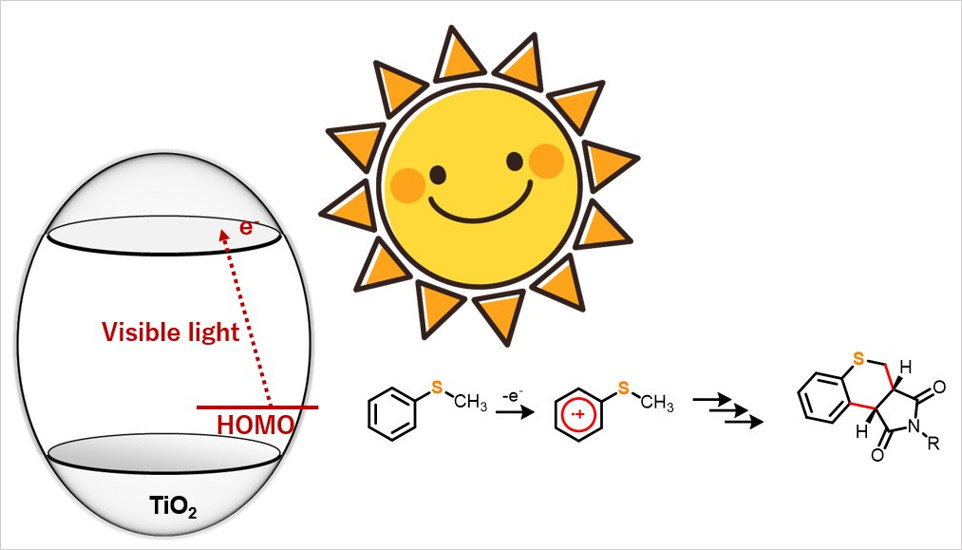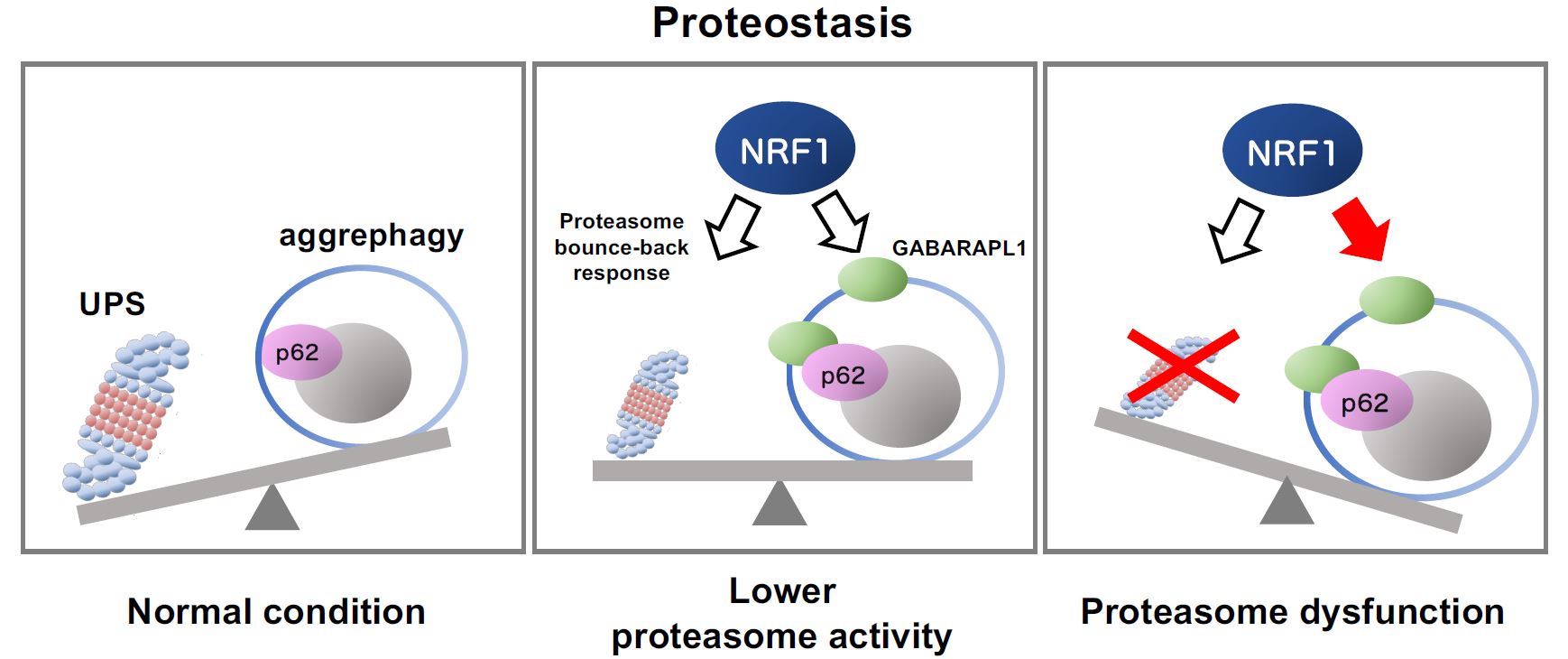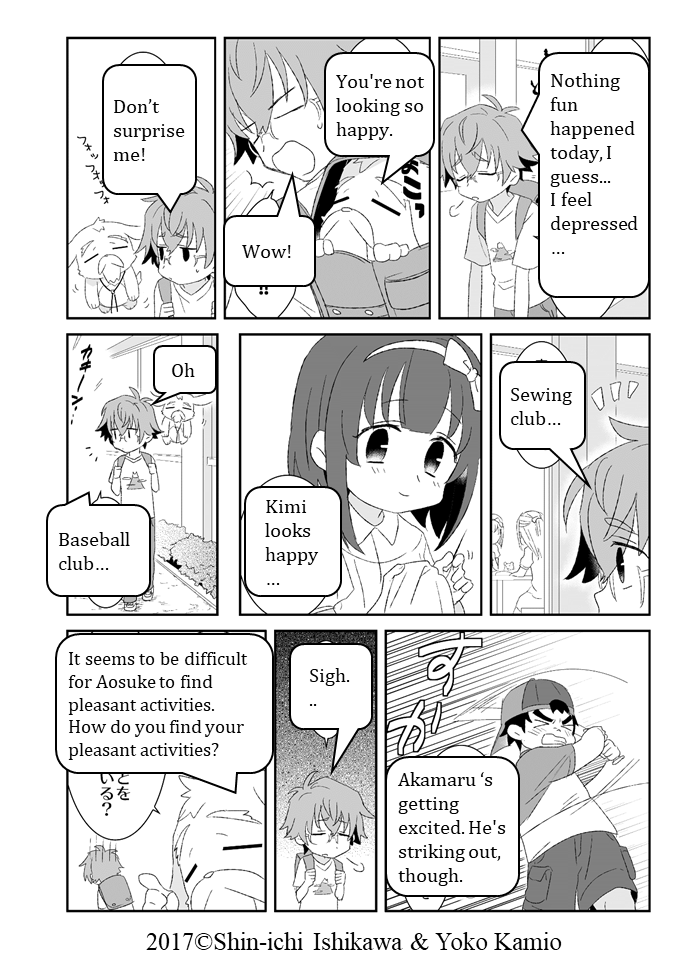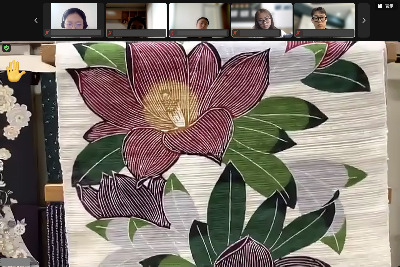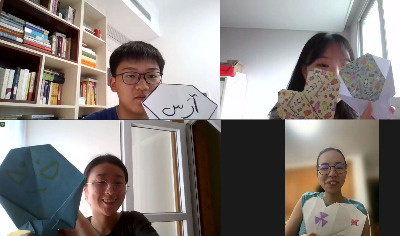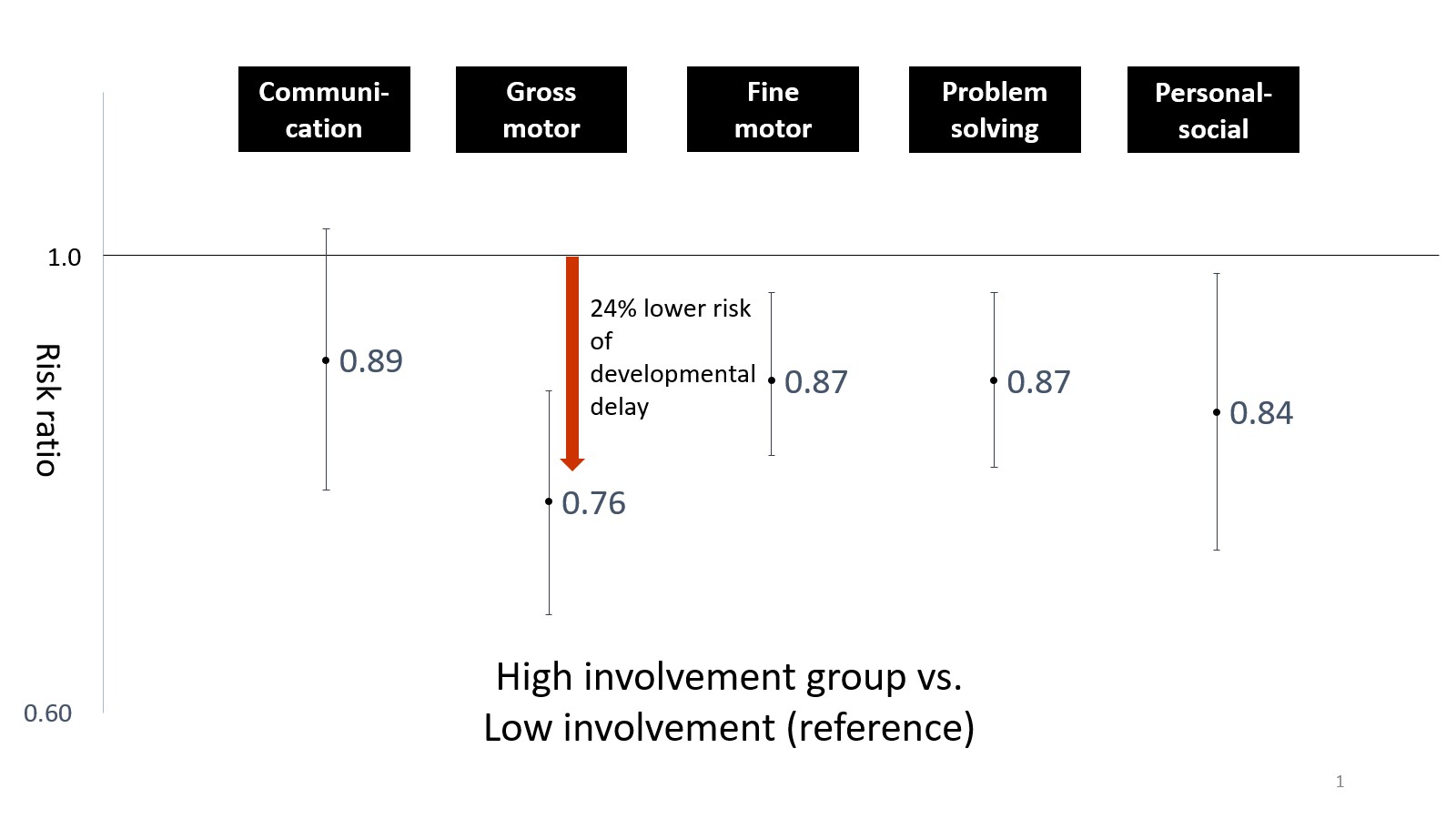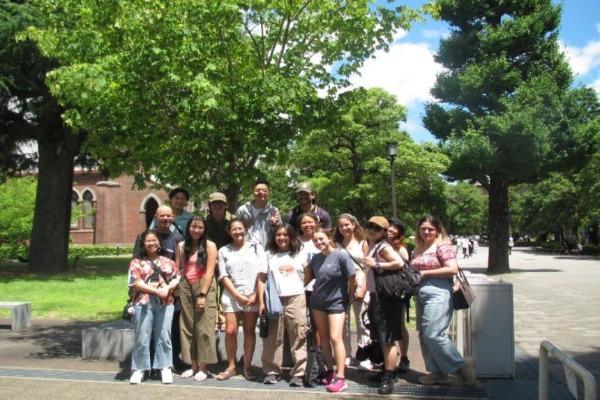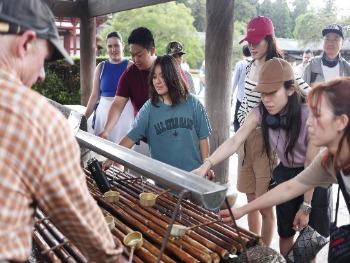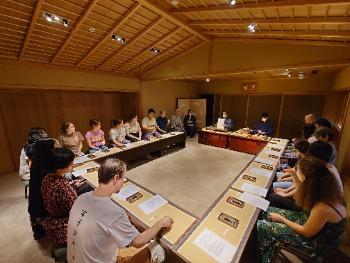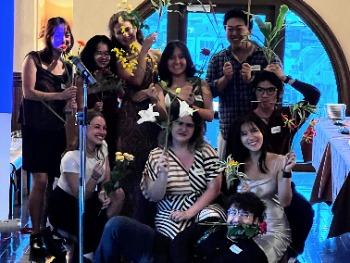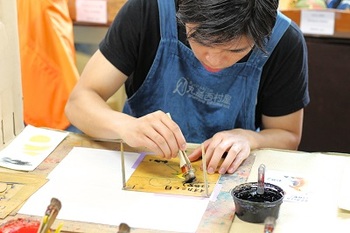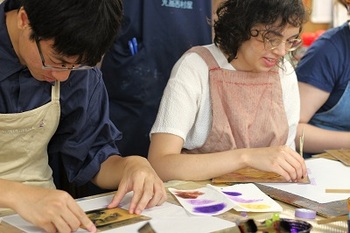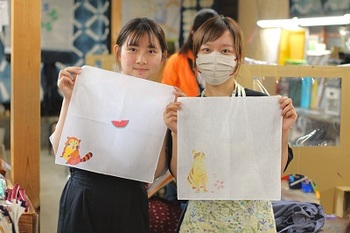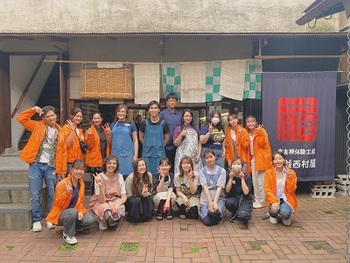On Friday, June 23rd, and Friday, 30th, during lunchtime at International Community Lounge (on Kyotanabe campus), we held an event called " Nuno-Zouri Japanese-style Fabric indoor footwear WORKSHOP". A total of 9 people participated, including five international and four local students, on the 23rd, and a total of 7 people participated, including four international and three local students, on the 30th.
At the event, we knitted fabric using "Hooked Zpagetti," a thread that was upcycled from pieces of T-shirt manufacturing.
On June 23rd, the participants first deepened their relationship through an ice break which made a group by putting pieces of the distributed photos together like puzzles with other participants' photos. After that, we started making fabric footwear. At first, some participants had a little difficulty with knitting. But after getting the knack of it, everyone went on smoothly and was sometimes able to cooperate to make fabric footwear.
On the 30th, since all participants had been participating from the 23rd, we did not have an ice break and continued to work on making fabric footwear. At the end of the event, we saw participants who were satisfied with their work. They also took pictures wearing completed fabric footwear and showed them each other. It seems that we will be able to have a comfortable summer from now on.
Thank you to everyone who participated this time! SIED will continue to hold various fun international exchange events. We look forward to your participation♪
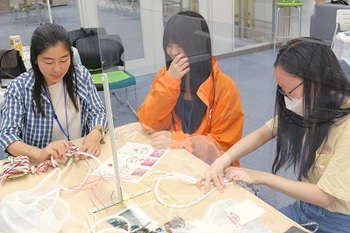
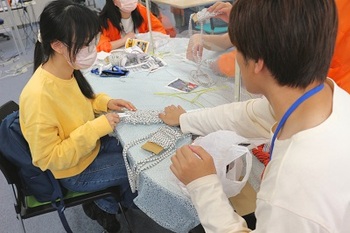
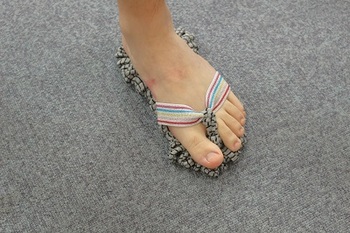
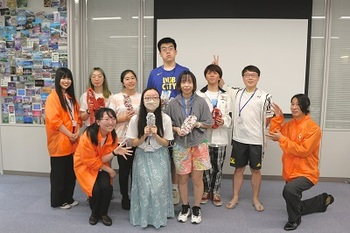
On Friday, June 23rd, and Friday, 30th, during lunchtime at International Community Lounge (on Kyotanabe campus), we held an event called " Nuno-Zouri Japanese-style Fabric indoor footwear WORKSHOP". A total of 9 people participated, including five international and four local students, on the 23rd, and a total of 7 people participated, including four international and three local students, on the 30th.
At the event, we knitted fabric using "Hooked Zpagetti," a thread that was upcycled from pieces of T-shirt manufacturing.
On June 23rd, the participants first deepened their relationship through an ice break which made a group by putting pieces of the distributed photos together like puzzles with other participants' photos. After that, we started making fabric footwear. At first, some participants had a little difficulty with knitting. But after getting the knack of it, everyone went on smoothly and was sometimes able to cooperate to make fabric footwear.
On the 30th, since all participants had been participating from the 23rd, we did not have an ice break and continued to work on making fabric footwear. At the end of the event, we saw participants who were satisfied with their work. They also took pictures wearing completed fabric footwear and showed them each other. It seems that we will be able to have a comfortable summer from now on.
Thank you to everyone who participated this time! SIED will continue to hold various fun international exchange events. We look forward to your participation♪
